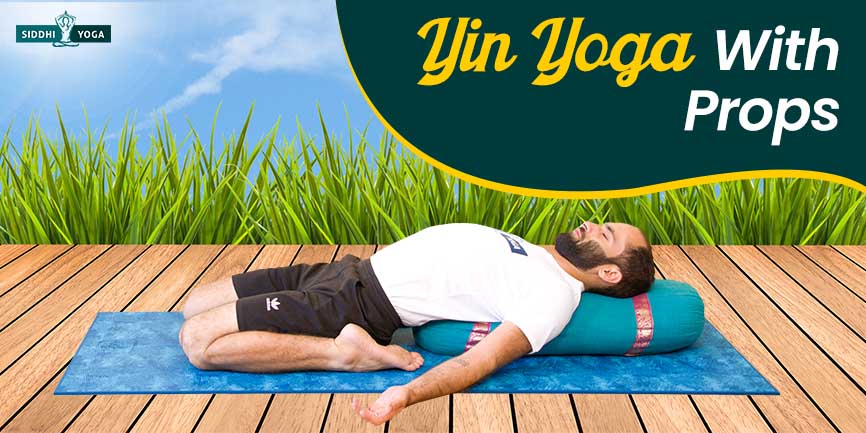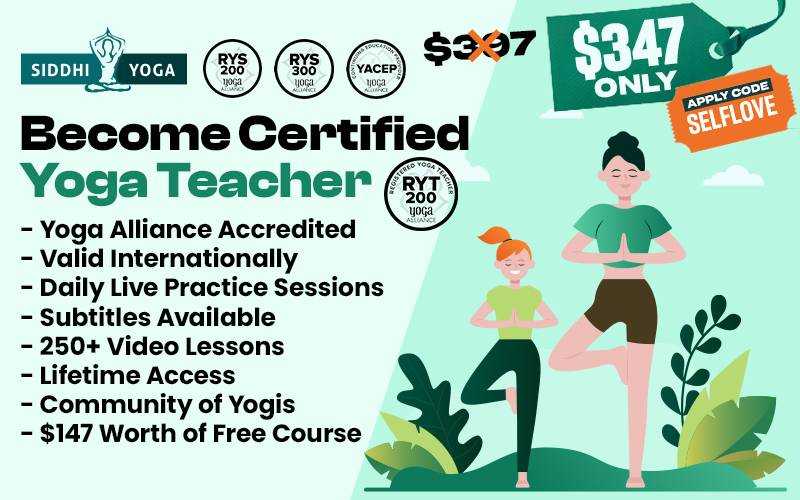
Introduction
Blocks and other props may be used in Yin yoga to help support the body and deepen your practice. Here is a list of some of the common props used in class.
Yin yoga is a deeply nourishing practice for the body, mind, and soul. Adding yin yoga props such as blocks or bolsters to this practice is a way to support the body to open and receive the full benefits of the poses. These include feeling relaxed, stretching of the muscles, releasing tension from the body, expanding the fascial tissue of the body, and connecting with your place of inner peace.
Overview of Yin Yoga
Yin yoga has been practiced for thousands of years and is based on Chinese Daoist Traditions. It is a slow practice that stretches the muscles and fascial tissue of your body. Through these deep stretches, people often experience a profound sense of bliss and a deep connection to their inner selves.
Yin yoga teachers encourage the use of yoga props for their students, if this increases safety and allows for a more supported class.
Types of Props in Yoga
Yoga props are both yin and yang accessories, and this list contains the most common and traditional props that are used nowdays:
Blocks
Yoga blocks are shaped like a brick and are usually made of foam or cork material. These are used to support deep stretches and make up for length that practitioners are unable to achieve on their own.
Bolsters
Yoga bolsters are long, round cushions that support the bones of the body when folding forward or resting on the ground. They may be soft or firm, but always comfortable.
Blankets
Yoga blankets are often heavier than normal blankets and they create warmth and comfort when you enjoy your final savasana.
Cushions
Yoga cushions come in many shapes and sizes. Cushions may also be used in place of bolsters to support body parts.
Straps
Straps are used to bind the body to increase a stretch or to increase the potential to grip onto the body for deepening a pose.
Purpose of Yoga Props
Props are designed to support the body so that it can completely and safely relax into the yoga asana that is being taught. Safety is paramount in yoga classes, as the benefits of the practice can be achieved only when the body feels safe enough to open and stretch.
This is where Yin yoga with props becomes useful, as they provide stability, comfort, and increased balance.
Whether you are an advanced yogi or just beginning your yoga journey, yoga props can be adapted to meet your level.
See Also: Renew Yoga Teacher Training
How to Use Yoga Props
Depending on the prop, each tool has its unique purpose.
You can practice Yin yoga with blocks to increase your reach and support your balance in some yoga asanas. You can place blocks beneath your hands in a standing forward fold so that you can reach the floor with support. You may also use a block beneath your feet in a seated forward fold to reach even deeper.
Yin yoga with bolsters allows you to experience extra support in a specific part of your body. Bolsters feel good to rest the body on during a class as they often mold to the shape of your body. Whether you place a bolster under your chest in a forward fold, or your knees or spine when laying on the back, you will feel held.
Blankets are another wonderful prop that can be used to create comfort beneath you. A favourite tip of mine is to place a blanket over your mat for the entire yin class. It makes the floor warmer and stops you from losing body heat during class.
If you have cushions, you may use them to sit on and prop up the hips. This creates a slight forward pelvis tilt which allows for ease in forwarding folds and more comfort in seated postures.
If you have a yoga strap, you may use it to reach further in forwarding folds or to bind yourself into a deeper twist. Straps can also be replaced by belts or scarves to support your home practice.
There are many ways to use props, but the most important thing is that you use them in a way that’s comfortable for your unique body.
Yin Yoga Poses that Can Use Props
Let’s take a look at a few Yin yoga poses that may be enhanced by the use of props. You can try these poses for a deep and nourishing experience:
Reclined Butterfly (Supta Baddha Konasasa)
Place a block on the floor and place one end of a bolster over the top of this block at an inclination. Allow the base of your spine to meet the end of the bolster that is on the floor and then slowly recline to find a connection between your bolster and the spine. Let your arms to fall to the sides to open the heart space and front side of your body.
Wide-Legged Forward Fold (Upavistha Konasana)
While sitting on the mat, spread your legs as wide as is comfortable and allow your chest to fold forward between the legs. Depending on where your chest and headlands are, you can use a block, bolster, or cushion to support the forehead.
Supported Child’s Pose (Balasana)
Use a bolster beneath your chest in your next child’s pose position and see how relaxed your body becomes.
Supported Fish Pose (Matsyendrasana Variation)
Place the bolster perpendicular to your body under your middle to upper spine. As you begin to lay back and spread your arms wide, you will find a place that feels distinctly good. Rest here and allow the front of the chest to open, and the back of your head to stay rested on the ground.
Corpse Pose (Savasana)
Use a bolster under your knees and a warm blanket over your body. This is the setup for sheer relaxation and bliss!
In a Nutshell
Props can be used to enhance the experience of your yoga practice. You can always ask your instructor to show you how to use them properly to support your body.
If you are serious about deepening your Yin yoga practice, join us in our Online Yin Yoga Teacher Training Course. With 50 hours of self-paced training, you’ll dive deep into the world of yin and also learn the comprehensive use props in your classes!
